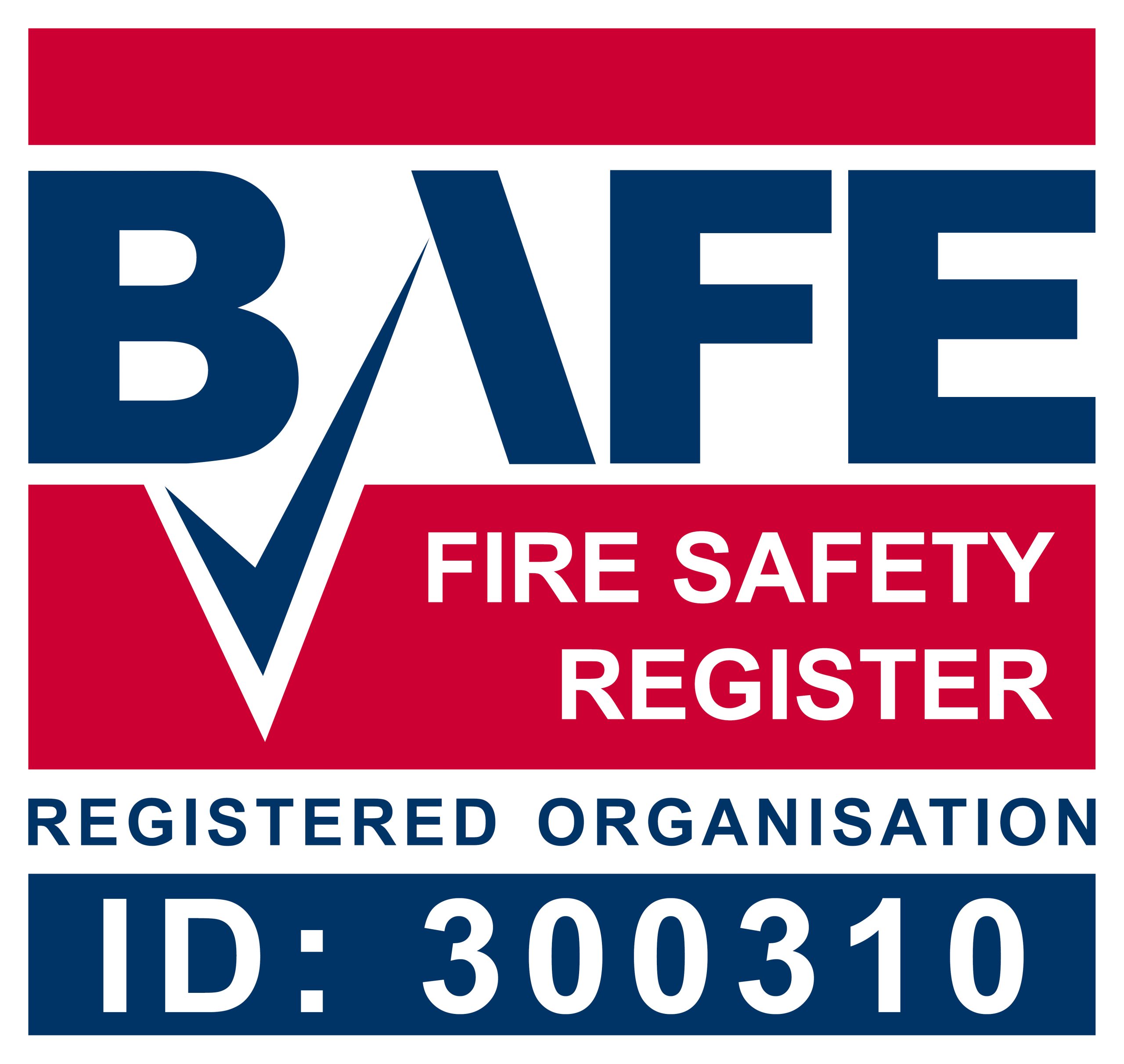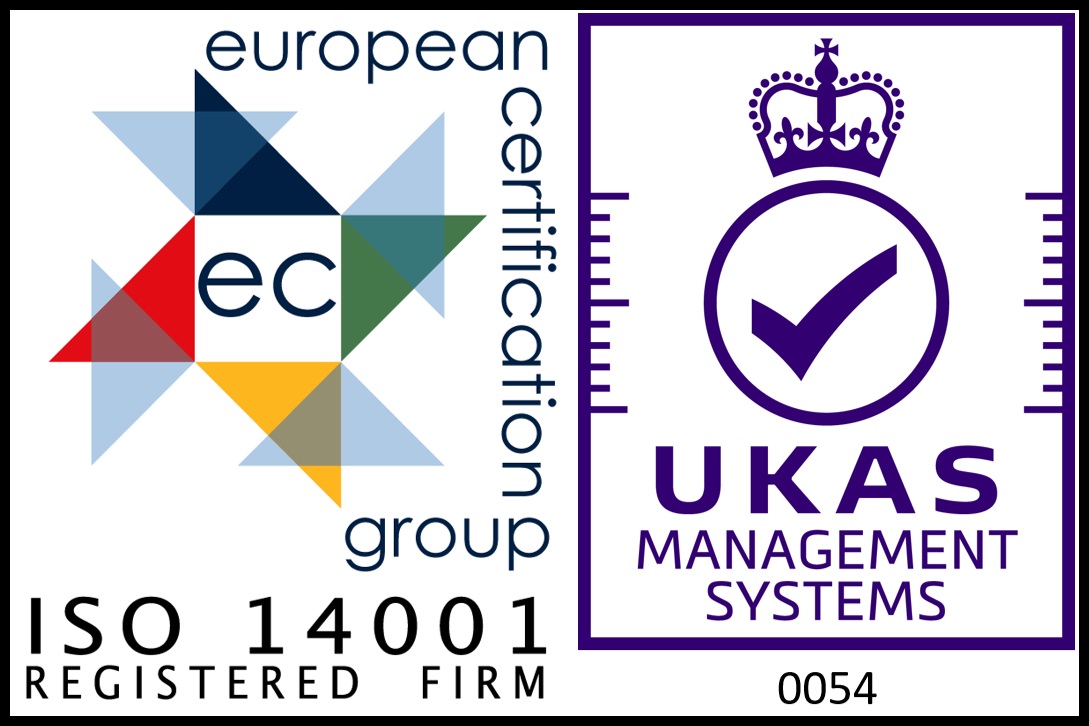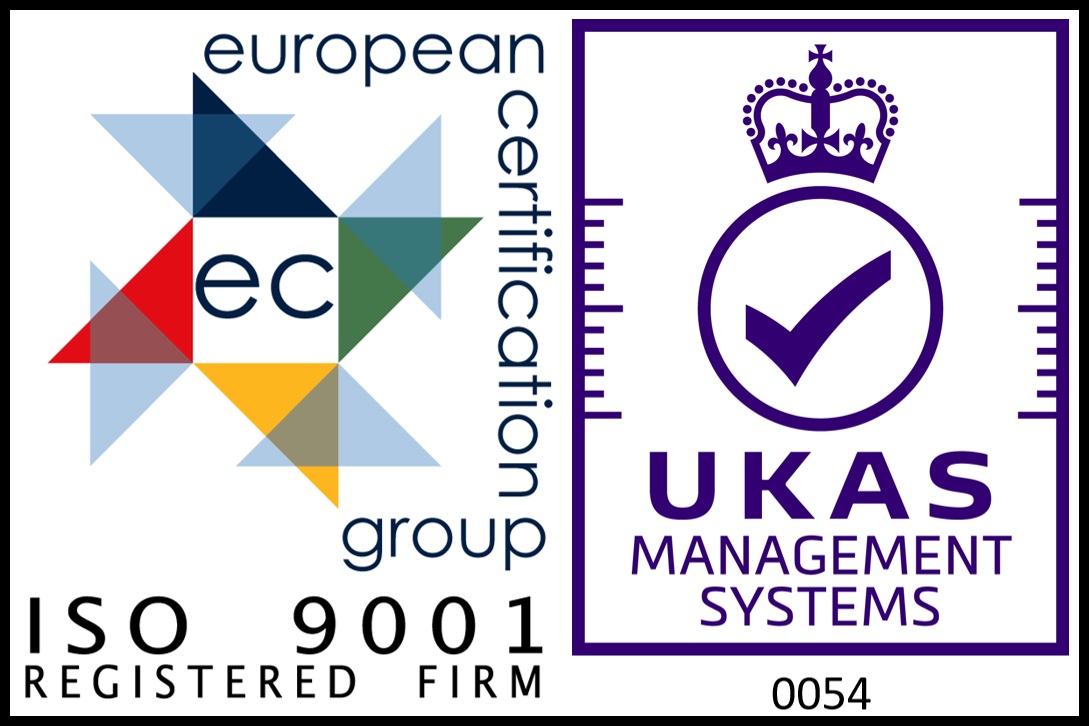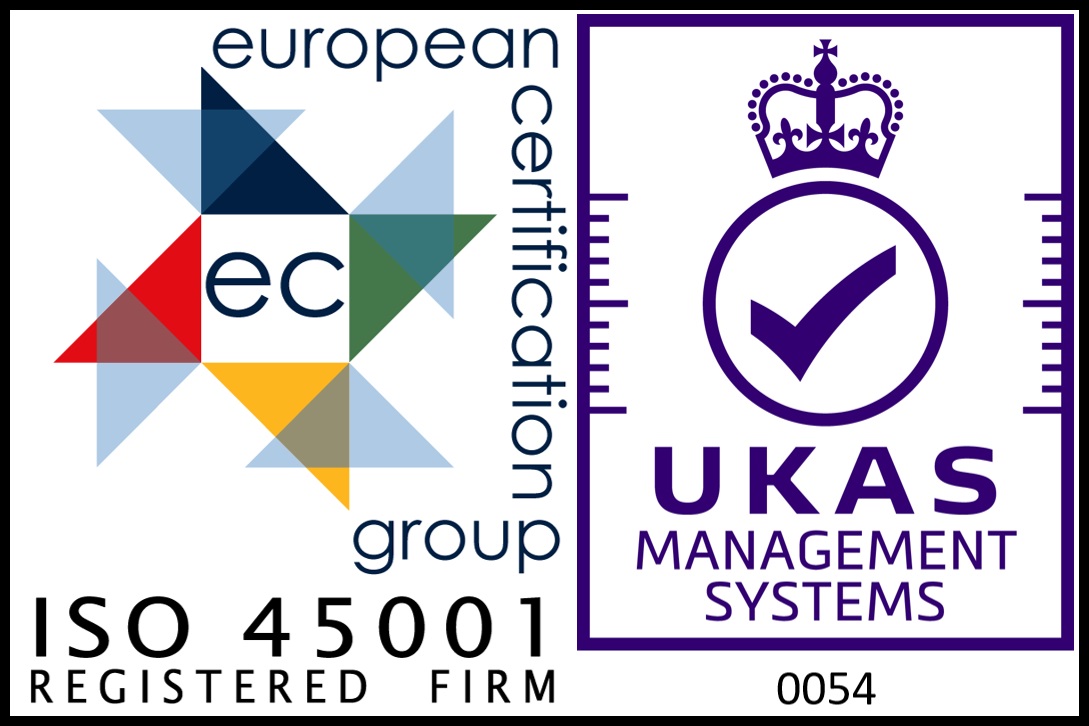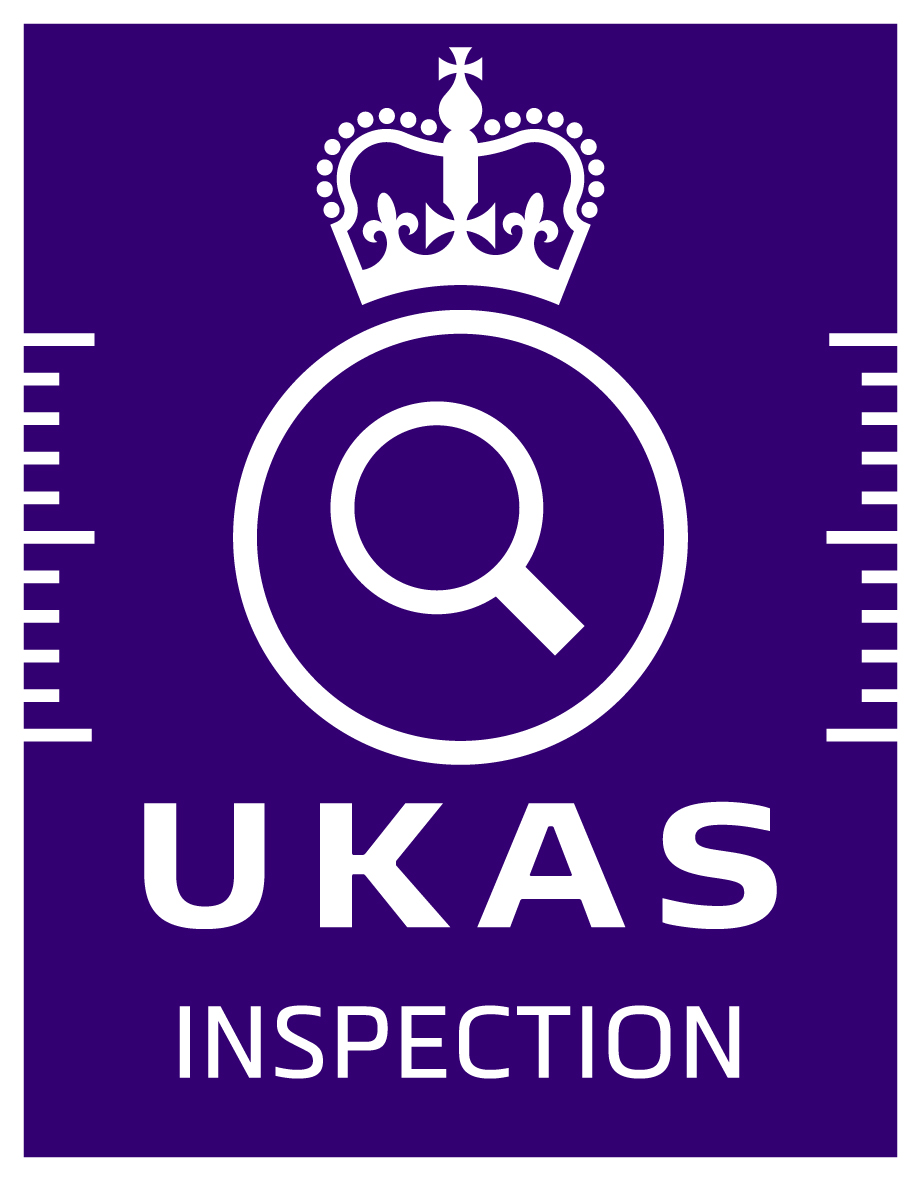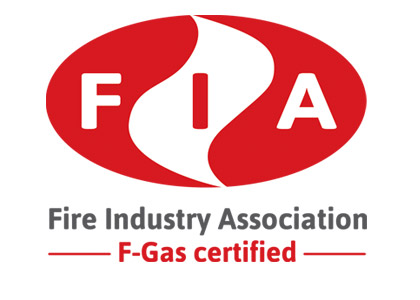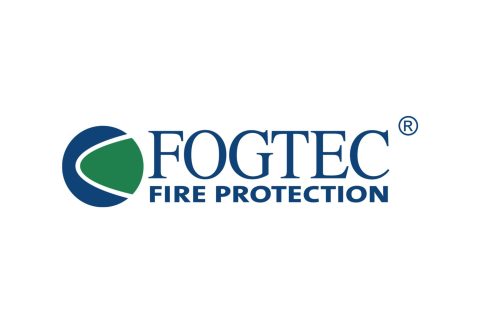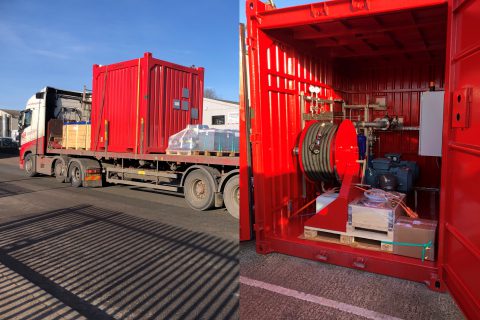
Same Day Dispatch on
Orders placed before 2 PM
International Delivery
Find out more
Sales & Support
Call: 01493 440464
Secure Payments
Major Credit Cards Accepted
Gas Fire Suppression
There are two types of Gas Fire Suppression: Synthetic Gas and Inert Gas.
Synthetic Gas, FM200 (HFC227ea), Novec 1230 Fire Suppression System
These gases are stored as a liquid, with nitrogen used to pressurise it. When released, the FM200 has a chemical reaction with the fire and extinguishes it.
Advantages
- FM200 is cost-effective as the footprint of the cylinder is small. This is an advantage for data centres that charge out their rack space, and are looking to make the most of space for servers. Other systems (IG 55, 01 etc) take up more floor space but the cylinders can be located remotely from the room.
- Stored as a liquid so takes up less space.
- Well-known brand. FM200 is a brand name. The agent is a chemical called HFC227ea.
- Easy to install, because the cylinder is usually in the same room. Sometimes just a standpipe on top of the cylinder is required.
- No reduction of oxygen, so it’s safe for humans on discharge.
Disadvantages
- FM200 does not travel well, because of the pressure, and is rarely cost-effective over inert gases if it’s a large room or the gas requires diverting to different areas/rooms. Cylinders must be stored as close to the application as possible.
- Some companies are saying it’s a potential future banned gas, as it’s a hydro fluoride chloride (HFC) – and we have had clients who insist on an inert gas because of this. But Dupont, who manufacture FM200, are giving guarantees to replace the gas (less installation) if it gets banned in the next 20 years.
- Pipework design has to be accurate. A slight change of pipe run in distance or length can mean the design calculations have to be changed and potential major costs change. Because of this, don’t use FM200 if you cannot guarantee the pipe run design and installation will remain the same.
Applications
- Electrical Data Processing (EDP Areas)
- Data rooms/halls
- Switch rooms
- UPS rooms
- Communications rooms
- Substations
- Archive rooms/stores
- Some small cabinet protection applications (with no leakage)
Inert Gas, CO2, IG55 (Argonite), IG541 (Inergen)
CO2 Fire Suppression Systems
CO2 fire suppression systems are an ideal solution for local fire suppression applications. It suppresses a fire by cooling and asphyxiating the fire, removing the essential oxygen and heat it needs.
CO2 has been used effectively for many years, not only in fire protection and suppression but also in other commercial applications. Although the use of CO2 as an extinguishing agent declined with the introduction of halons, it is still widely used for fire protection, especially since Montreal Protocol was introduced (where bases were established to ban the use of Halon extinguishers).
- Contrasting technology and efficacy
- Low refilling cost
- Local application or total flooding application
- Applicable to deep-seated fires
- No residue to clean up after the discharge
- Zero Ozone Depletion Potential
- Electrically non-conductive
- Excellent grade of risk penetration
IG55 (Argonite) Fire Suppression Systems
G55 Fire Suppression is 50% Argon and 50% Nitrogen.
The blend of Argon and Nitrogen is used to reduce oxygen to below 15% and above 12%. Oxygen levels below 15% will not allow a fire to burn as the oxygen is simply not there to fuel the fire. Levels of oxygen between 12% and 15% are adequate to sustain human life.
IG55 fire suppression is considered a green option and has many advantages used in the right application, such as data centres and telecommunication facilities.
- Natural gas present in the atmosphere
- Suitable for occupied areas
- Electrically non-conductive
- No residue to clean up after discharge
- More economical and less storage space
- Zero Ozone Depletion Potential
- No greenhouse effect
IG541 (Inergen) Fire Suppression Systems
IG541 fire suppression agent is made up of 50% Argon, 42% Nitrogen and 8% CO2.
It is highly effective and prevents re-ignition with no risk to people or damage to equipment.
Ideal for the protection of archives, museums, libraries and any other hazards including valuable or unique property.
- Natural gas present in the atmosphere
- Suitable for occupied areas
- No residue to clean up after discharge
- More economical and less storage space
- Zero Ozone Depletion Potential
- No greenhouse effect
